Having left our little lockdown lives, squinting and confused, we can see the world has changed. Things may never go back to the way they were before. Now the initial shock has passed, however, we are coming to realise that may not be a bad thing. Our life before the pandemic was far from perfect. These last few months, though difficult, have afforded us the unexpected opportunity to slow down and take stock.
One of the more obvious positives to develop is a broad and very noticeable increase in cycling. The unprecedented spike in demand has led to global bike shortages. Kearney Cycles in Galway, for example, might sell upwards of 400 bikes in a busy season. Now they are looking at a demand of 200 per week, a number they can't possibly keep up with due to a slowdown in production.
Rothar in Phibsboro in Dublin have also been incredibly busy. Owner Anne Bedos has seen a huge increase in people buying bikes specifically for their morning commute, but there have also been some more unanticipated trends emerging. "We've seen a surge in e-bikes for people who live a bit further, as well as family bikes. The very big difference for us is in how many women have been buying and having their bikes repaired."
Bedos sees this moment as a huge opportunity. “This is an untapped potential for [Dublin] city, and I am hoping the city will do what is required to make all those new cyclists feel safe and make Dublin realise its potential as a cycling city.”
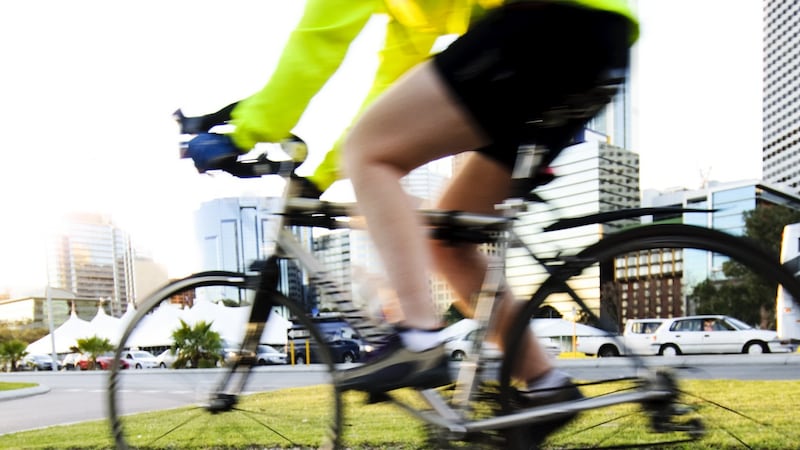
It is a thought worth considering for local councils throughout the country. Although heading in the right direction, we are still not a bike-friendly country. Our roads and city infrastructure have been designed with cars in mind; cycle lanes, where they exist, are usually tacked on as an afterthought.
New cyclists need to be aware of the limitations of the cycling infrastructure, because above all else it is a safety issue. Cycling, especially in cities, can be a daunting experience. Joseph Kilroy, policy manager for Ireland at the Chartered Institute of Building, maintains that recent additions such as the hollow plastic bollards intended to protect cyclists might actually cause more harm than good, as they offer a false sense of security. "On any closer inspection these bollards are totally ineffectual. A lot of cars are just parked in these new cycling lanes. A lot of the bollards have already been crushed."
He is cautiously optimistic, however. The cyclists taking to the roads since the lockdown began could be the catalyst for a better and safer cycling infrastructure. “This has been one of the most impressive examples of social capital on a planning issue that I’ve ever seen. The amount of third sector groups and campaigning groups involved now trying to get better cycling infrastructure is really impressive.”
Choosing the right bike for you
The first thing you should do is see if you qualify for the Cycle to Work scheme. This is a Government initiative that allows your employer to buy a bike on your behalf and you pay it off in increments over 12 months. As your repayments come out of your salary before tax, you can save up to 51 per cent on a new bike.
Bikes are expensive and there are lots to choose from, so it’s worth spending a bit of time doing some research before you buy.
The most important thing to consider is what you want to use the bike for. Is it for your daily commute to work? For doing the school run? For getting fit? Or maybe you just want to tear up a muddy trail on the weekends.
These are the main types of bikes out there and what they are best suited to:
Road bikes: You know that herd of middle-aged lycra-men clogging up Ireland's scenic routes every Sunday? They're cycling road bikes. With thin wheels, lightweight frames and dropped handlebars, they are good for long cycles on smooth surfaces.
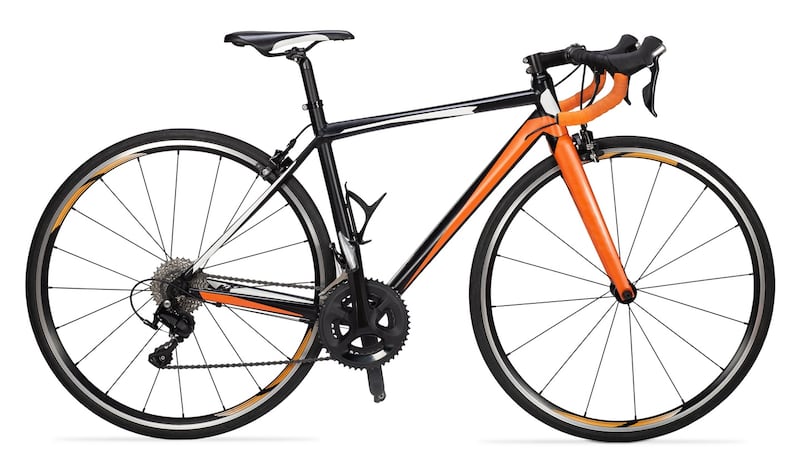
Mountain bikes: If you want to go off-road you'll need a mountain bike. Their big, fat tyres and extra suspension let you tackle trails and bumpy roads that other bikes couldn't handle.
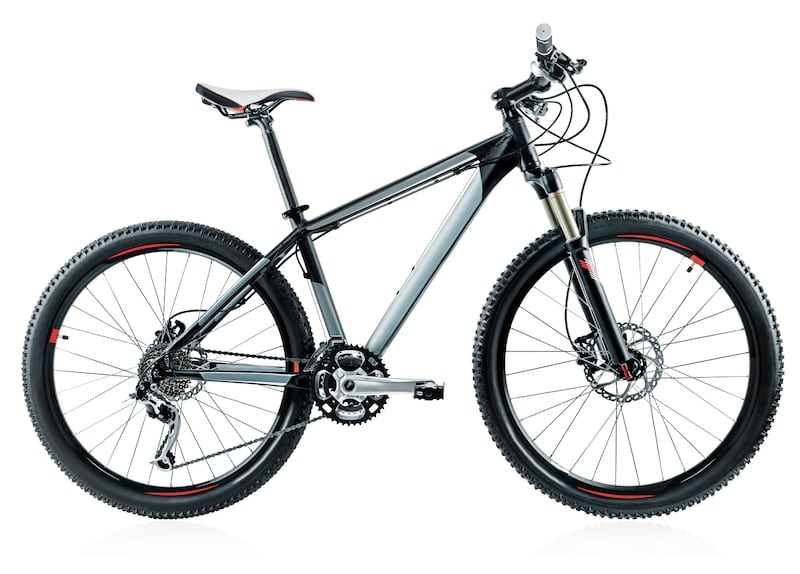
Hybrid: As the name suggests, hybrids are a mix of road bike and mountain bike. Generally, they have skinnier wheels and lighter frames than mountain bikes. They also have flat handlebars, rather than the drop-type found on road bikes, resulting in a more upright seating position. These bikes are good all-rounders; ideal for both commuting through busy city streets or quiet country roads.
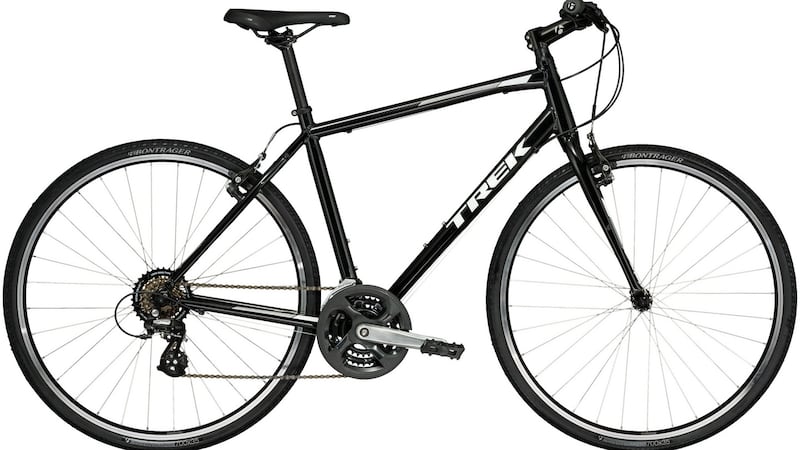
City bikes: These are the bikes you see everyone cycling around Amsterdam. They are perfect for short distances. Although quite heavy and relatively slow, they are very easy to control and require far less maintenance than other bikes. Usually kitted out with mud-guards, chain-guards (so you don't get oil on your clothes), a basket and integrated dynamo lights, they are about as hassle-free as bikes get. Some of them are incredibly stylish, too.
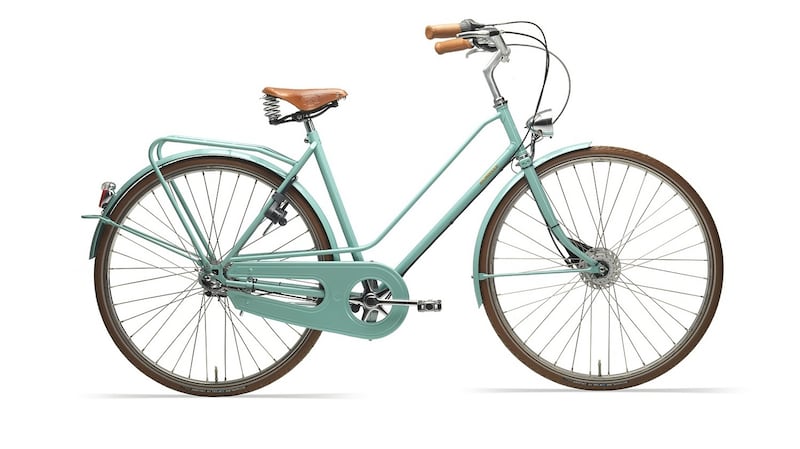
There are plenty more types out there, including folding bikes, electric bikes, fixed gear bikes and touring bikes. Chances are, though, if you’re getting your first bike, it will fall somewhere in the top four categories.
When you have a rough idea of what type of bike you want, it’s time to find your local bike shop. Bike shops are unique in that they are almost universally run by helpful and enthusiastic staff. People open bike shops because they love bikes. Don’t be afraid to ask them questions; they want to help you find the best bike for you.
Get the gear
When you buy a bike, you’ll also have to get a certain amount of equipment. If you qualify for the Cycle to Work scheme you can also claim for these accessories.
The non-negotiables are a helmet and lights. You can’t (or at least you shouldn’t) cycle without them. Waterproof USB-charging lights are the way to go. When it comes to a helmet, there are almost as many styles and types as there are bikes. Run-of-the-mill road helmets or urban helmets (those ones that look more like skateboarding helmets) will be fine for leisurely cycles or your commute. If you’re going off-road every weekend, you’ll need something more robust. Remember: the chances of you looking cool in a bike helmet are exactly nil, so don’t worry about that. The most important thing is to pick one that’s comfortable and fits well.
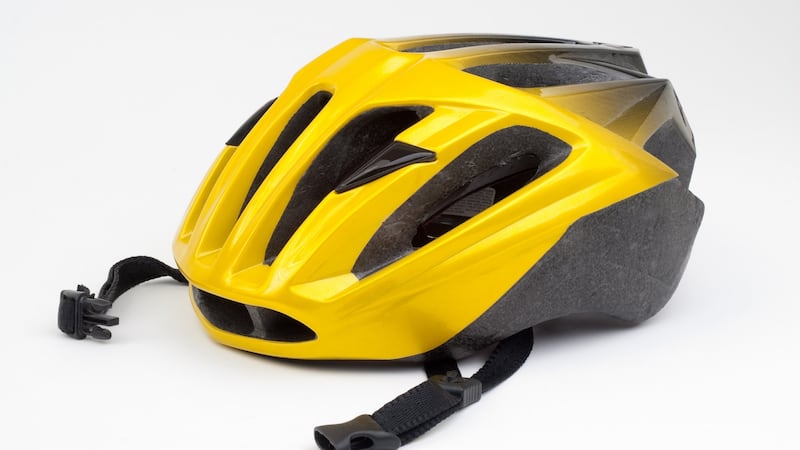
You’ll also want to invest in a good lock. As a rule of thumb, the more expensive a lock is, the more secure it is. U-shaped locks are more difficult than cable locks for opportunists to cut through, and they can easily clip onto your bike, so go for one of those.
If you’re cycling to work or college, it is a good idea to get waterproof trousers and a decent jacket, because you’ll undoubtedly be cycling in the rain. It is also vital to wear reflective clothing, especially coming into winter. You can get reflective vests, straps or coverings for your backpack. Wear whatever you can to be more visible.
Panniers (the sort-of saddlebags that go over either side of the back wheel) might also be worthwhile if you need to bring a laptop or change of clothes.
Cycling safety
When you take your bike out for the first time you might notice a certain animosity between the various road users. Some car users get impatient with cyclists and some cyclists get impatient with pedestrians or other cyclists. Sometimes it boils over. This is an unfortunate, but almost inevitable by-product of a situation that includes poor infrastructure, ignorance or misunderstanding of the rules of the road, miscommunication and a general disregard for basic safety precautions. Our advice here is simple: obey the rules of the road and respect your fellow road users. Until we get proper bike tracks to keep everyone separated, that’s the best thing you can do. As previously stated, we’re not a cycling country, but we’re getting there.

Even if you think you can cycle, go for a cycling lesson. You'll be amazed at how much your confidence and awareness grows. Many bike shops have cycling lessons available for a reasonable price, including the aforementioned Rothar in Phibsboro. It's also worth checking out Cycle Right (cycleright.ie), the National Standard for Cycle Training. They have a lot of good resources for even seasoned cyclists.
10 tips to keep you safe
The more you cycle, the more you’ll learn. Here are 10 tips to keep you safe on those early outings:
– Keep an eye out for cars turning left in front of you, especially if you are in their blind spot. This is arguably the most important and dangerous thing to look out for when cycling.
– Don’t cycle in the gutter as the road surface is uneven. Stay away from the kerb.
– Make sure your saddle is the right height. You want a solid footing when stopped at a red light.
– Practise having a look around while cycling. There’s a knack to looking behind while keeping a straight line.
– Be extremely wary of buses and trucks. Never try to nip past them on the inside.
– Wear a helmet. If you’re cycling at night make sure you’re highly visible with reflective gear and lights.
– Don’t break red lights. You’ll be tempted, and you’ll see other people do it, but it’s not worth it.
– Always lock your bike to something solid and immovable by the back wheel, and make sure the lock goes through the frame. If your saddle or wheels have quick-release levers, replace them with permanent fixtures.
– Don’t listen to music while cycling. Again, you’ll be tempted, but you really need to be aware of your surroundings, especially on the city streets.
– Don’t drink and cycle. You’ll feel invincible. You are not.
– Finally, watch out for pedestrians. They may from time to time step onto the cycle lane, but they are still the most vulnerable road users. As Anne Bedos puts it, “all of us are pedestrians when we get off the bike, so be sound.”


















